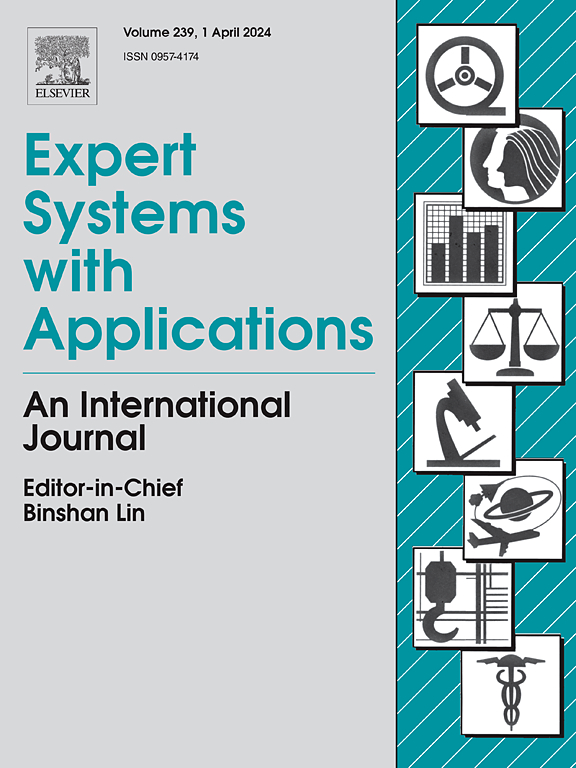A survey of neural network segmentation and validation on plant specimen images of Korean Violaceae
IF 7.5
1区 计算机科学
Q1 COMPUTER SCIENCE, ARTIFICIAL INTELLIGENCE
引用次数: 0
Abstract
Accurate plant identification is crucial for biodiversity research, yet manual classification remains time-consuming and requires specialized expertise. To overcome these challenges automated identification technologies are increasingly being developed. A key step in this process is the precise segmentation of plant materials from plant specimen images; however, existing approaches often struggle to separate plant material from non-plant components such as labels, barcodes, stamps, and rulers. To address this problem, we propose integrating Multi Receptive Field (MRF) blocks into a U-Net framework, enabling robust multi-scale feature extraction from plant bodies of varying sizes in digitized specimens. We conduct extensive experiments on a dataset of 14,939 plant specimen images from 36 species of Viola (Violaceae), comparing the performance of eleven segmentation models, including ten state-of-the-art methods and our approach. The proposed model achieved superior performance with a mean Intersection over Union of 0.8531, Dice coefficient of 0.9123, and pixel accuracy of 0.9920. Through ablation studies, we established that incorporating six different kernel sizes in the MRF block yields optimal segmentation results. By effectively addressing the complexities inherent in herbarium images-such as varying plant scales and the presence of non-plant elements–our model establishes a strong foundation for automated plant identification. This study advances digital herbarium analysis and highlights the potential of specialized neural network architectures in botanical research.
堇菜科植物标本图像的神经网络分割与验证研究进展
准确的植物鉴定对生物多样性研究至关重要,但人工分类仍然耗时且需要专业知识。为了克服这些挑战,人们越来越多地开发自动识别技术。该过程的关键步骤是从植物标本图像中精确分割植物材料;然而,现有的方法往往难以将植物材料与非植物成分(如标签、条形码、邮票和尺子)分开。为了解决这个问题,我们提出将多感受野(MRF)块集成到U-Net框架中,从而能够从数字化标本中不同大小的植物体中提取鲁棒的多尺度特征。我们对来自堇花草(Viola) 36种的14939个植物标本图像进行了广泛的实验,比较了11种分割模型的性能,包括10种最先进的方法和我们的方法。该模型的平均Intersection over Union为0.8531,Dice系数为0.9123,像素精度为0.9920。通过消融研究,我们确定在MRF块中加入六种不同的核大小可以产生最佳的分割结果。通过有效地解决植物标本室图像固有的复杂性,例如不同的植物尺度和非植物元素的存在,我们的模型为自动植物识别奠定了坚实的基础。这项研究推进了数字植物标本馆分析,并强调了专门的神经网络架构在植物学研究中的潜力。
本文章由计算机程序翻译,如有差异,请以英文原文为准。
求助全文
约1分钟内获得全文
求助全文
来源期刊

Expert Systems with Applications
工程技术-工程:电子与电气
CiteScore
13.80
自引率
10.60%
发文量
2045
审稿时长
8.7 months
期刊介绍:
Expert Systems With Applications is an international journal dedicated to the exchange of information on expert and intelligent systems used globally in industry, government, and universities. The journal emphasizes original papers covering the design, development, testing, implementation, and management of these systems, offering practical guidelines. It spans various sectors such as finance, engineering, marketing, law, project management, information management, medicine, and more. The journal also welcomes papers on multi-agent systems, knowledge management, neural networks, knowledge discovery, data mining, and other related areas, excluding applications to military/defense systems.
 求助内容:
求助内容: 应助结果提醒方式:
应助结果提醒方式:


